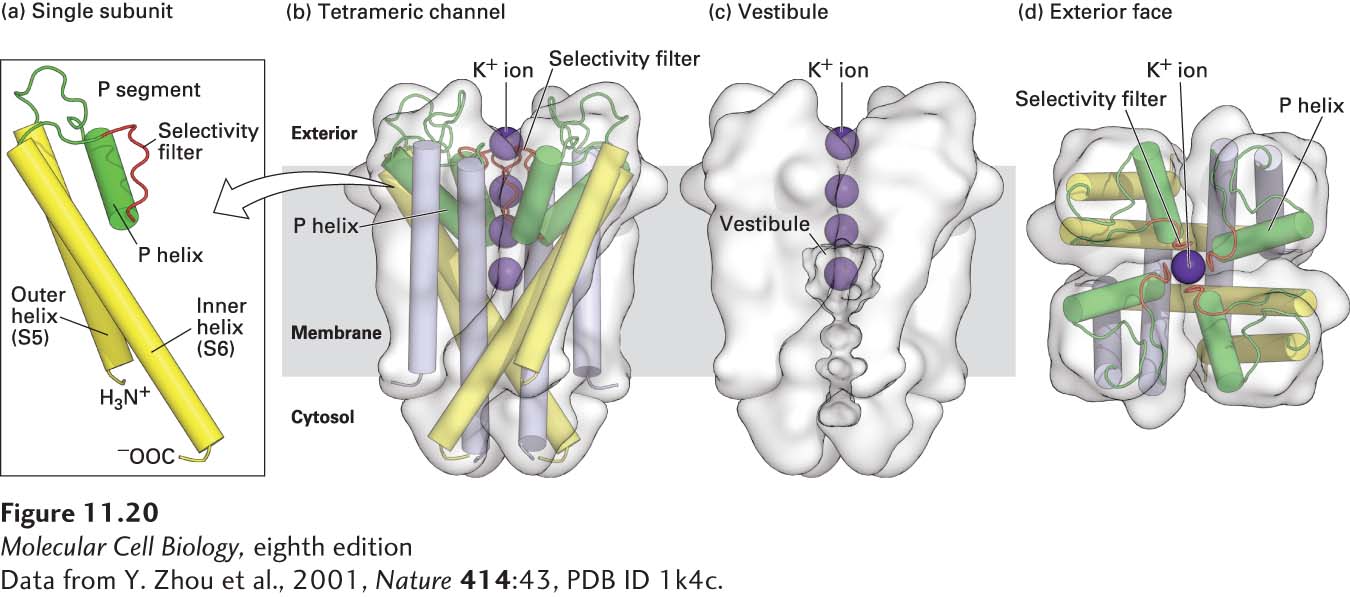
FIGURE 11- e- b– b-
[Data from Y. Zhou et al., 2001, Nature 414:43, PDB ID 1k4c.]